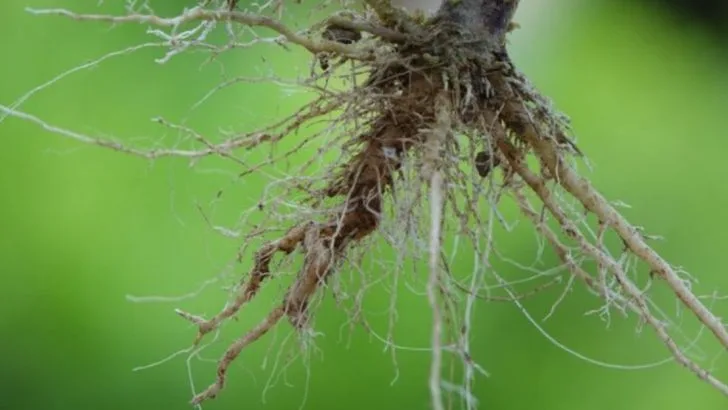Plants may seem silent and still, but beneath the surface they are constantly exchanging information. Recent scientific discoveries have revealed that plants use a variety of signals—chemical, electrical, and even acoustic—to communicate with each other and their environment.
Through underground fungal networks, airborne compounds, and subtle root interactions, plants can warn neighbors of pests, share nutrients, and adapt to changing conditions. This hidden world of communication is reshaping how we understand plant intelligence and ecosystem dynamics.
In this article, explore the fascinating science behind plant communication and discover what we’ve learned about the complex, cooperative networks that help plants survive and thrive.
Chemical Signaling

Imagine a world where plants whisper secrets through chemical clouds. When attacked by pests, plants release volatile organic compounds (VOCs) that warn neighboring flora. This chemical espionage equips nearby plants with defenses, creating a communal shield against enemies.
Such signaling isn’t just about defense. Some plants use chemicals to attract pollinators, ensuring their survival. This dynamic method of communication showcases nature’s complexity.
The study of VOCs has opened new doors in agriculture, offering potential for pest management. Who knew that plant chatter could be so impactful?
Root Networks
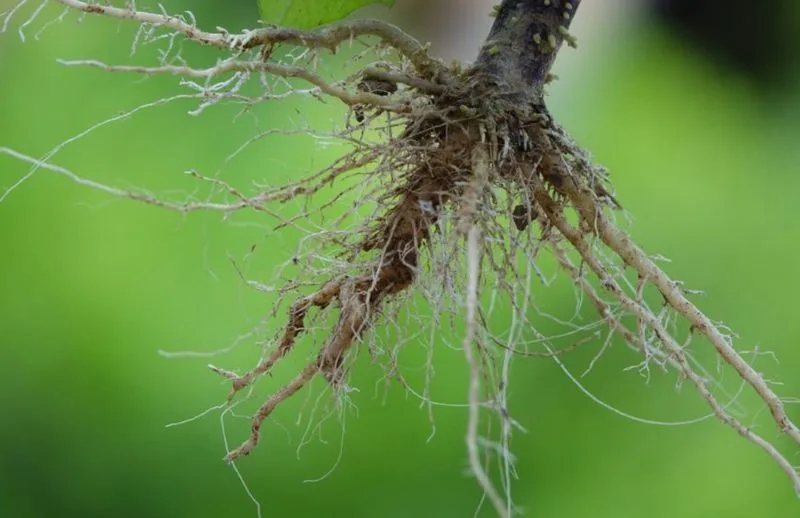
Beneath the soil lies a hidden network much like the internet. Roots connect through mycorrhizal networks, exchanging nutrients and information. This fungal internet allows plants to share resources, especially in nutrient-poor environments.
The symbiotic relationship between fungi and plant roots is vital for plant health. It fosters growth and resilience, particularly in challenging climates.
Mycorrhizal networks highlight the interdependence of ecosystems, reminding us that collaboration is key in nature. The hidden life beneath our feet is as dynamic and interconnected as any bustling city.
Acoustic Emissions
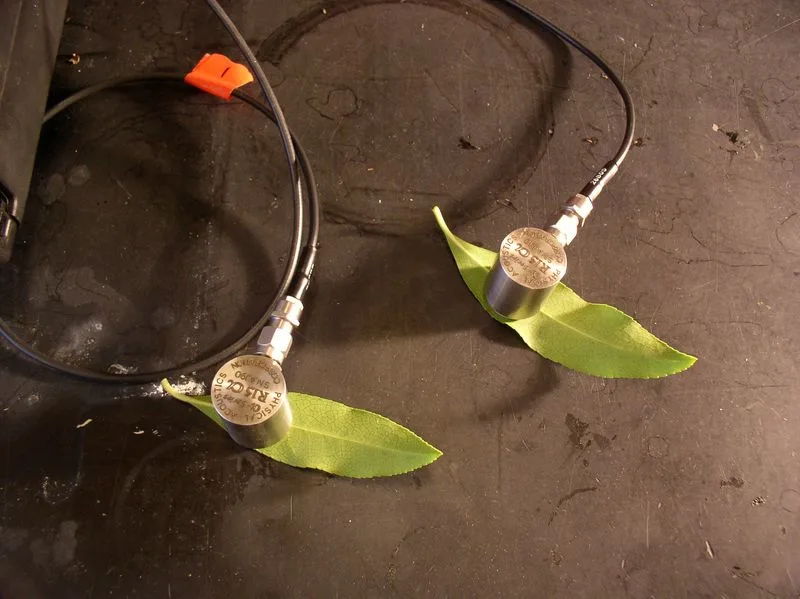
Did you ever think plants could sing? Recent studies suggest that stressed plants emit ultrasonic noises, undetectable to human ears. These sounds may inform other plants of impending threats, creating a symphony of survival.
Research into plant acoustics is still budding, yet it promises to redefine our understanding of plant senses. This hidden orchestra of nature might influence future innovations in agriculture and conservation.
The notion that plants have a voice shifts our perception, inviting us to listen to the quiet melodies of the natural world.
Electrophysiological Responses
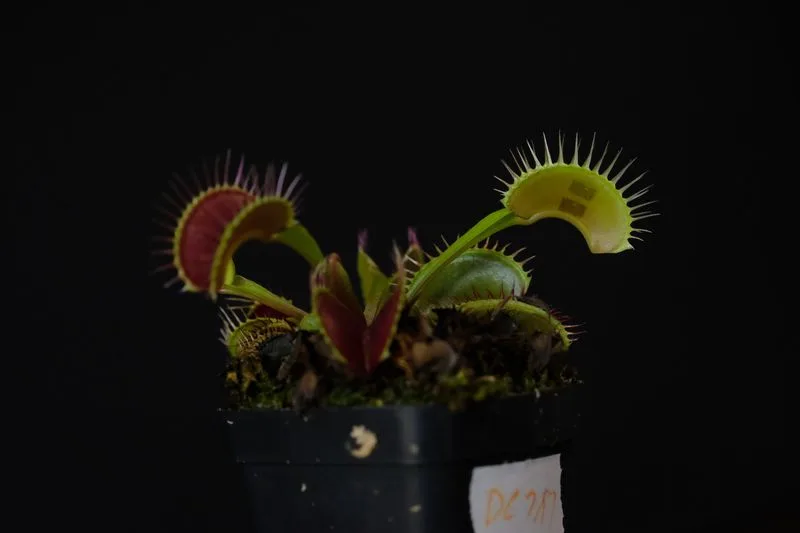
Picture plants as living circuits, transmitting electrical signals in response to environmental stimuli. This electrophysiological communication allows plants to react swiftly to changes, such as light or touch, showcasing adaptability.
These bioelectrical signals are similar to human nerve responses, though less understood. Ongoing research could unlock secrets of plant behavior, aiding in bioengineering and robotics.
Understanding these signals enhances our appreciation of plant intelligence. They are not just passive greenery but active participants in their ecosystems.
Allelopathy
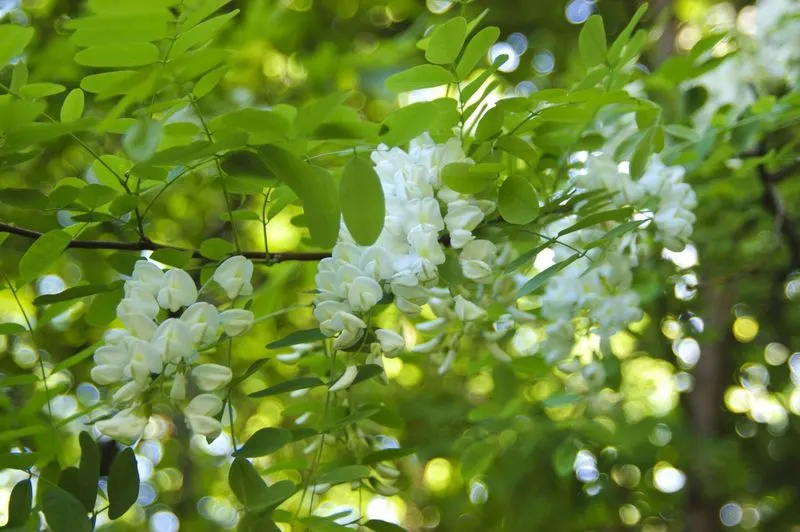
In the quiet battlefields of plant communities, allelopathy reigns supreme. Certain plants release chemicals into the soil that inhibit the growth of potential competitors. This strategic suppression allows them to secure resources and thrive.
Allelopathy illustrates the competitive nature of ecosystems, where survival often depends on outmaneuvering rivals. It’s a testament to the cunning strategies plants employ to dominate their territory.
Exploring allelopathic interactions offers insights into sustainable agriculture and invasive species management, showcasing nature’s competitive edge.

